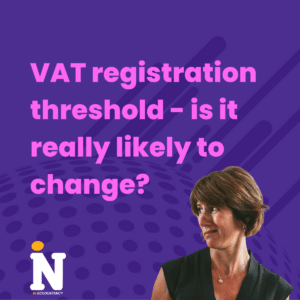The ONS (Office of National Statistics) revealed recently that the UK inflation rate had dropped to 2% in December 2013, but what actually contributes to influencing our inflation rate, moving the prices of the goods we use up or down?
Over the last five years, the three main contributors to the 12-month inflation rate were food & non-alcoholic beverages, housing, water, electricity, gas & other fuels, and transport (including motor fuels). Combined, these three sectors have, on average, accounted for over half of the 12 month inflation rate each month.
The largest downward contributions to the change in the CPI 12-month rate between November and December 2013 came from food & non-alcoholic beverages. Prices overall rose between November and December 2013 as they do between these months in most years. The rate of the rise was smaller than between the same two months in 2012 and was the smallest it has been since 2006. The downward contribution came from price movements for most foodstuffs and non-alcoholic beverages, with the largest contributions coming from price movements for fruit and meat.
These downward contributions were partially offset by an upward contribution from prices for bread and cereals where the rate of price increases has accelerated. Looking over the longer term, inflation for food and non-alcoholic beverages has grown at a faster rate than overall inflation in each of the last eight years.
Overall, the cost of recreation and culture fell at a quicker rate between November and December 2013 than between the same two months in 2012. The downward contribution came from across the sector, with the largest contribution coming from prices for games, toys and hobbies – notably computer games, where there were reports of sales and lower priced games on older platforms.
The largest (though relatively small compared to many months) upward contribution to the change in the CPI 12 month rate between November and December 2013, came from transport, where prices overall rose at a quicker rate between November and December 2013 than between the same two months in 2012.
The majority of the upward contribution came from prices for petrol and diesel. Petrol prices rose by 0.5 pence per litre between November and December 2013 compared with a fall of 2.8 pence per litre between the same two months in 2012, to stand at 130.4 pence. Diesel prices rose by 0.8 pence per litre between November and December 2013 compared with a fall of 1.4 pence per litre between the same two months in 2013, to stand at 138.3 pence. The upward contribution was partially offset by air fares where prices increased between November and December 2013 as usual, but at a slower rate than in 2012.






